US, Ukraine start military training, defying Russian fury
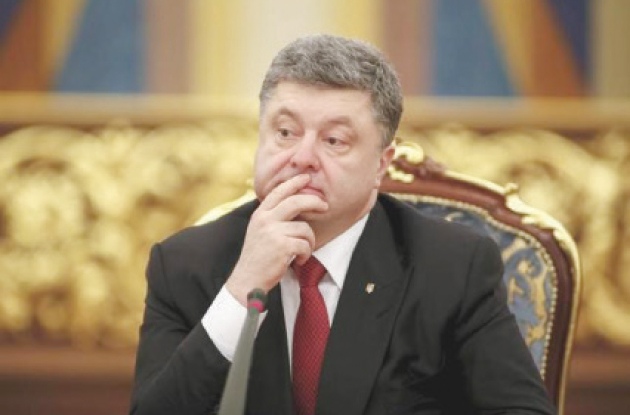

Ukrainian President Petro Poroshenko attends a news conference after a signing ceremony with Turkey’s President Tayyip Erdogan in Kiev yesterday
YAVORIV (Ukraine) — Troops from the United States and Ukraine kicked off joint training exercises yesterday intended to help bolster Ukraine’s defences against incursions from Russian-backed separatists in the east.
Speaking under driving rain at a military base in the western region of Lviv, Ukrainian President Petro Poroshenko said the country’s armed forces needed to be rebuilt from scratch to deter foreign threats.
The exercises, dubbed “Fearless Guardian-2015,” sparked an enraged reaction from Russia, which described them as a potential cause of destabilisation. Moscow continues to dismiss mounting evidence of its involvement in fomenting and supporting a separatist insurgency in Ukraine that has claimed more than 6,100 lives over the past year.
The 300 US Army paratroopers involved in the training travelled to Ukraine last week and will be working alongside 900 national guardsmen.
“The majority of the participants here from the Ukrainian side have endured difficult trials on the front,” Poroshenko said at the inauguration ceremony for the exercises.
Fighting in the east has ebbed substantially since the signing of a February cease-fire deal, but sporadic clashes still break out along the 450-kilometre front line separating government and rebel forces.
The truce deal includes provisions for all “armed formations” to be pulled out of the country. While Kiev interprets that language as being aimed at the Russian forces that Moscow denies are in Ukraine, the Kremlin has argued the United States is implicitly violating the ceasefire deal by stationing its military trainers in the country.
Training for Ukrainian troops is part of a broader package of assistance being provided by the United States. President Barack Obama’s administration has said it will provide Ukraine’s military with $75 million in nonlethal aid, but has refrained so far from offering lethal equipment, despite calls from Congress to do so.
Last month, Ukraine began receipt of a planned consignment of 230 Humvees from the United States.
National guard units, many of which began as volunteer groupings, have been an important part of Ukrainian forces’ fighting against the separatists. Two national guard units, working on weeklong rotations, are holding part of the village of Shyrokyne, currently the most fraught location in the east.
Ukrainian forces in Shyrokyne said yesterday that unrest there had subsided since the arrival of observers from the Organisation for Security and Cooperation in Europe. The Azov Battalion, which is leading the government’s fight for the village, said heavy shelling had stopped, but reported a continuation of small arms fire.
“As of 1AM, despite the fact that OSCE observers are working in Shyrokyne, snipers are still targeting Azov positions,” the battalion said in a statement.
Meanwhile, President Poroshenko is using the breathing space from a ceasefire with separatists to push reforms and rein in super-rich “oligarchs” whose influence he says must be curbed for Ukraine to have a future in Europe.
But the truce in eastern Ukraine agreed on February 12 is tenuous, with each side accusing the other of violations and the death toll still rising in a year-long conflict that has killed more than 6,100, and most people do not see it lasting.
Its collapse could derail Poroshenko’s agenda.
Two killings in Kiev of pro-Russian lobbyists have meanwhile evoked the prospect of political assassinations and handed easy ammunition to critics in Moscow who deride Poroshenko’s commitment to building a new, law-based society.
Poroshenko launched his anti-oligarch campaign after a face-off with banking tycoon Ihor Kolomoisky last month which his supporters say marked a turning point.
The president sacked Kolomoisky as a regional governor after the billionaire staged a show of force in the capital in reaction to legislation threatening his business interests.
“De-oligarchisation” has since vaulted to the top of the policy agenda, a sign not only of presidential confidence but also of the vulnerability of Ukraine’s oligarchs in an unpredictable environment of upheaval and conflict.
Parliament has adopted measures to break monopolies in the gas market and bring order and transparency to a dysfunctional economy, orienting it away from the old post-Soviet model.
Poroshenko aides say the campaign will not bring a forced “redistribution” of assets. But they aim to halt the oligarchs’ interference in politics and their manipulation of placemen in parliament or government to “fix” advantageous legislation. — AP-Reuters..

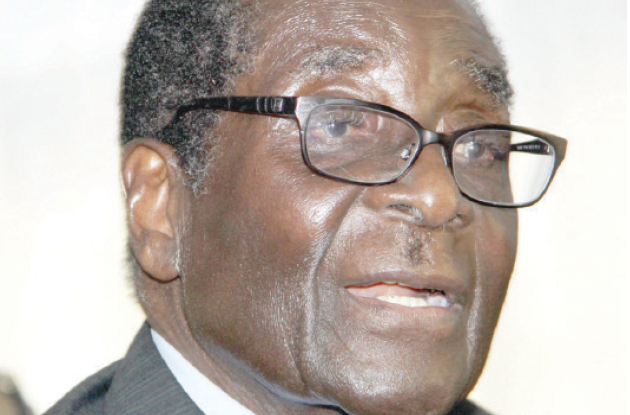
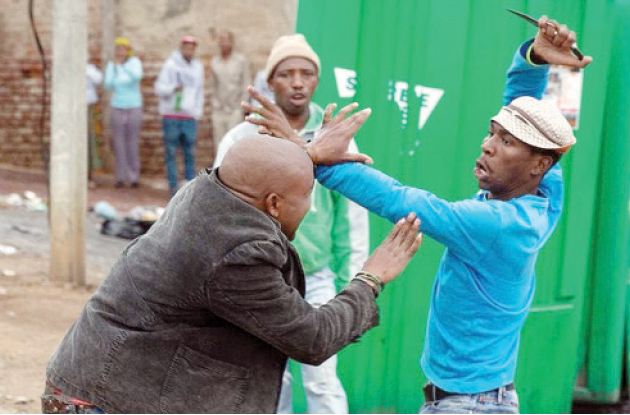
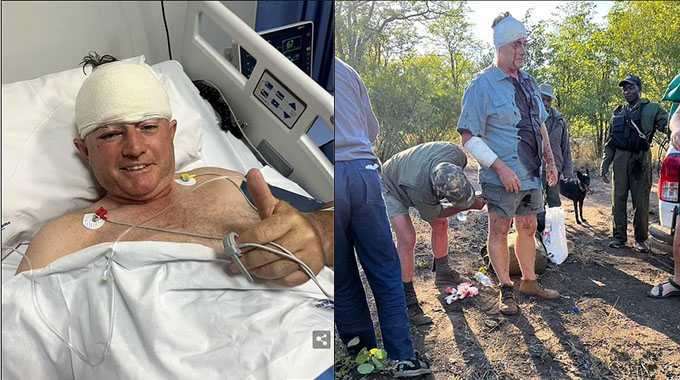

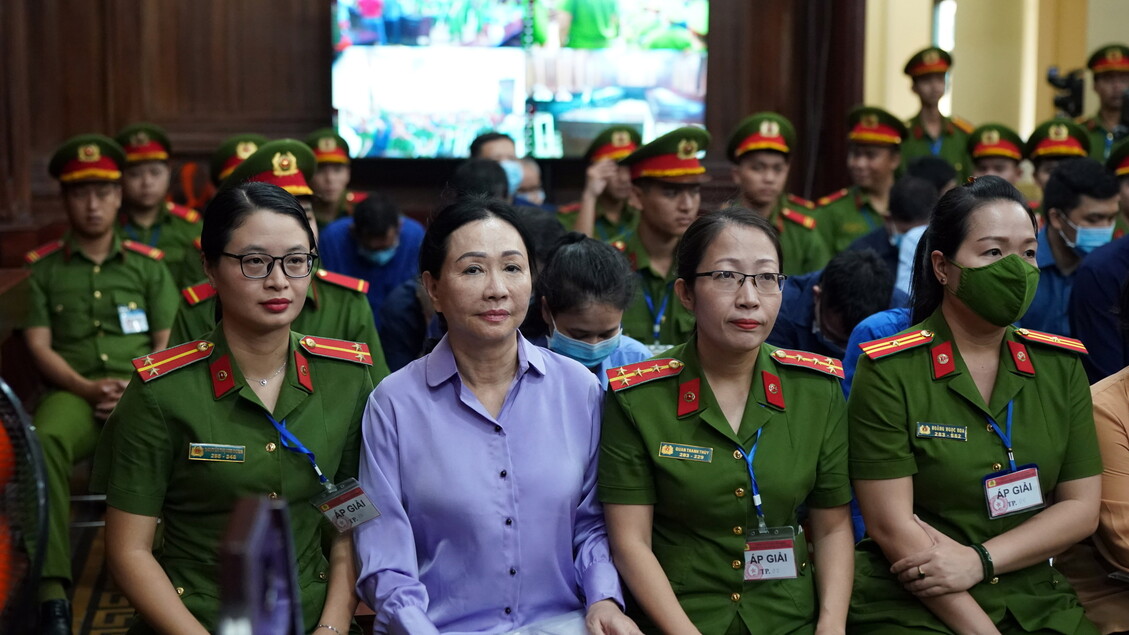






Comments